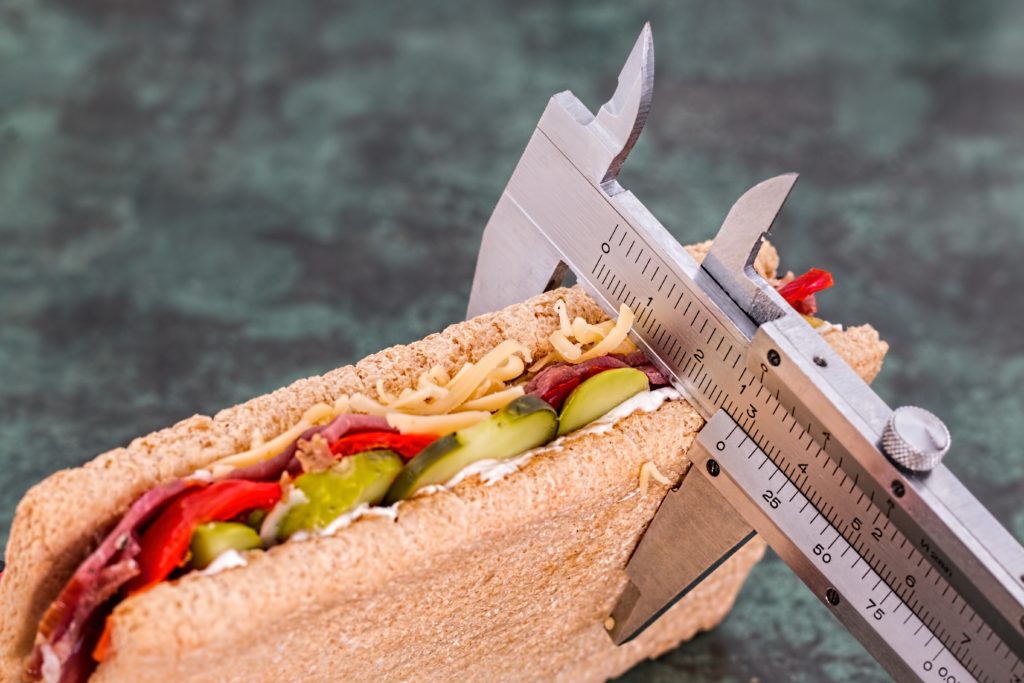Keto diet is the latest buzzword in the fitness and nutrition industry. It’s always good to know the facts from the myths before you taking that big leap into a new diet plan.
PROS
Fat Loss: Research and their findings have found that keto has shown a significant amount of fat loss. The underlying principle here is that when you deplete the body of its primary source of energy – Carbs, the body tends to use fat as an energy source, this leads to a gradual but major drop in body fat. Also, this helps you to satiate your hunger pangs, thereby keeping you on track mentally and physically.
Sedentary Lifestyle: Going on a keto diet makes more sense for people with a desk job or corporate jobs that don’t require a lot of physical movement. If your body isn’t moving through the day, it does not need high amounts of carbohydrates for sustenance. This will also enable you to use the carbs at your disposal in a more efficient manner if you time your consumption according to your workout.
Boosted Insulin Sensitivity: This happens when the body is not efficiently synthesizing glucose and sugar from carbohydrates. This will in-turn reduce your training performance, decrease the amount of glucose a muscle cell can hold in itself. Spending time in the state of ketosis might be of great help to your body’s long-term ability to synthesize sugars.
CONS
Brain Sugar Symbiosis: A very basic scientific and medical fact is that the brain needs blood glucose (sugar) to derive its energy to be able to function. Keto diet restricts carbohydrates that are essential for the proper functioning of the human brain and in-turn the brain. Otherwise, you may feel sluggish, tired or lower cognitive functioning.
Carbs Encourage Overall Performance: If you are an athlete who leads a very active lifestyle or a person who has a job that requires a lot of energy and stamina then keto is a bad idea for you. Carbs facilitate growth and hence a low carb count is counterproductive to energy and stamina.
Medical Use: Traditionally keto was recommended for people with a sedentary disease like paralysis, Parkinsons. These people have no option of bodily movement to burn off fat, hence keto was an alternative as the person would require removal of fat without physical movement. But misinterpreting this and using it in the fitness world has not compensated for the non-sedentary lifestyles and the huge amounts of energy required.
Calories: In principle, weight loss is governed by the ratio of calories in versus calories out. If you’re burning more calories than you consume then you will inevitably lose weight. By placing too much emphasis on fat, and not enough on the overall calorie count, keto seems to be losing focus of the issue at hand.













